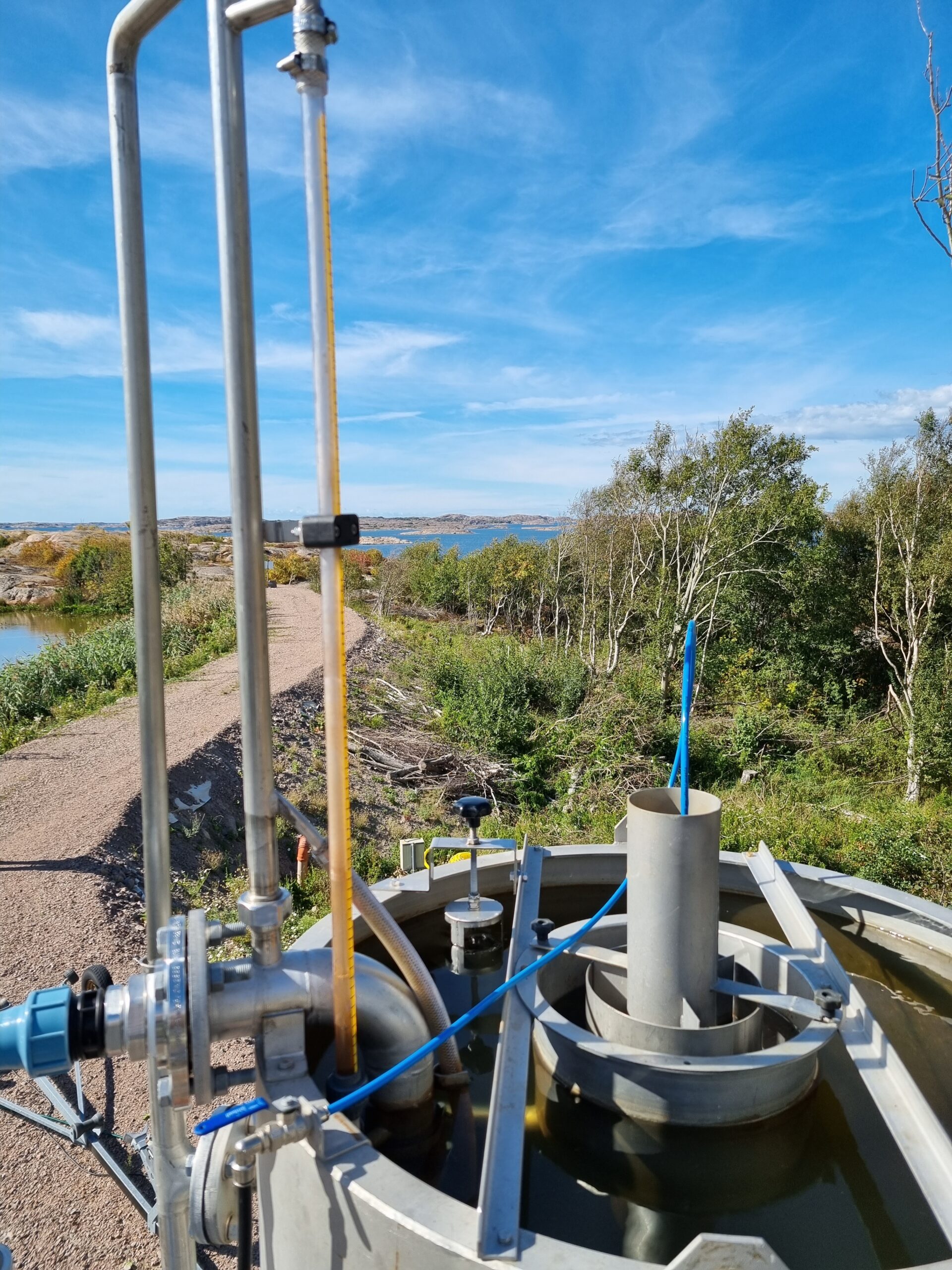The widespread use of per- and polyfluoroalkyl substances (PFAS) in domestic, commercial and industrial products has led to an environmental challenge that is now attracting the attention of European legislators. Often referred to as ‘forever chemicals’ because of their persistence in the environment, these common substances are increasingly being investigated for their potential impact on health. Developing solutions to remove these chemicals is increasingly important as more legislation is proposed. Mattias Feldthusen looks at the current situation and what can be done to improve drinking water quality on an industrial scale
Polyfluoroalkyl substances (PFAS) are a vast number of fluorinated compounds that have been widely used in industrial and consumer applications including stain- and water-resistant coatings for fabrics, oil-resistant coatings for paper and cardboard, floor polishes, insecticide formulations, fire-fighting foams as well as mining and oil well surfactants.
New restrictions
The prevalence of PFAS in the environment, especially drinking water, is a topic that is regularly in the news across Europe, USA and a number of other regions, especially in the Scandinavian countries. More and more reports are being created and the EU is making proposals for additional restrictions on various chemicals.
The European Union (EU) has controlled the use of chemicals using regulation number 1907/2006, which relates to the registration, evaluation, authorisation and restriction of chemicals (REACH). In February 2023, the European Chemicals Agency (ECHA) issued a proposal to largely eliminate the production and use of PFAS in Europe.
At the same time, the EU Drinking Water Directive limits total PFAS to 0.5µg/l and states that 20 individual PFAS must each be below 0.1µg/l. Member states will be required to comply with these levels from 2026, which means that drinking water will need to monitored more closely in the future to ensure compliance.

Immediate solutions
Gathering more data helps to understand the scale of the problem, but this is just the beginning. Setting out proposals for the future restriction of these chemicals is an obvious next step, but the major challenge is what can be done now to remove them from the environment.
Although PFAS are ubiquitous, the contamination of water supplies is one area that can be addressed. Trying to treat PFAS contaminated water at the source, for example leachate water, is something Nordic Water is already doing.
Another problem is that conventional water treatment processes such as coagulation, flocculation, air stripping, chlorination or rapid sand filtration, are ineffective in removing PFAS from water1. However, there are some technologies that are effective in reducing PFAS, including ion exchange resins, nanofiltration, reverse osmosis and granular activated carbon.
With absorption techniques like ion-exchange or granulated activated carbon, the disposal is not considered a problem, as the media with the contaminants is moved out of the system when the media is saturated, before being sent to incineration for the total destruction of PFAS.
Assessing the drawbacks
Reverse osmosis is effective in removing more than 99% of PFAS, but this process requires a high energy input. Nanofiltration offers a similar effectiveness but with lower energy requirements thanks to the increased flow and reduced operating pressure. However, these two processes also remove minerals and salts from the water, which need to be replaced before it can be used as drinking water.
Both of these solutions require a pre-treatment process, such as contact filtration, to remove larger particles and ensure long-term effectiveness. In addition, these two processes are more expensive and require greater investment, both for the initial installation and in terms of operational costs. There are also various technologies that are being investigated in pilot schemes or laboratories, but until their effectiveness is established, and they have been scaled up to an industrial level, they remain on the sidelines.
This leaves the activated carbon solution, however, it is not just a case of simply installing a carbon filter in every water treatment works. Each site has different challenges, which means that the filtration system needs to be tailored to the location. PFAS absorption rates are affected by pH, temperature and entrained organic matter, which should ideally be regulated before the water enters the carbon filters
Experienced solutions
Nordic Water has decades of experience in developing water filtration solutions and is a leading supplier of innovative water treatment equipment to plants all over the world. The company created its first DynaSand Carbon filter for industrial applications back in 1991. The same technology has been used to remove micro-pollutants and pharmaceutical residues in municipal wastewater since 2012.
Today, the company is tackling the challenge of PFAS head-on, using granulated carbon filters, which have proven to be very efficient, as well as designing pilot plants using ion exchange resin that are also delivering promising results. For example, the treatment of PFAS-contaminated leachate from waste facilities in Sivik and Löt, Lysekil, Sweden, using upstream ion exchange filters.
Municipalities that have been charged with reducing PFAS in water can start planning the new process immediately. Nordic Water’s DynaSand Carbon system and DynaSand IonEx system have a compact footprint and can be easily integrated with the existing infrastructure to enable the effective removal of PFAS from drinking water.
Sources: (1) – Concawe, 2020, Review of water treatment systems for PFAS removal
Mattias Feldthusen is Director Process & Product Development for Nordic Water, a Sulzer brand.
 Engineer News Network The ultimate online news and information resource for today’s engineer
Engineer News Network The ultimate online news and information resource for today’s engineer

